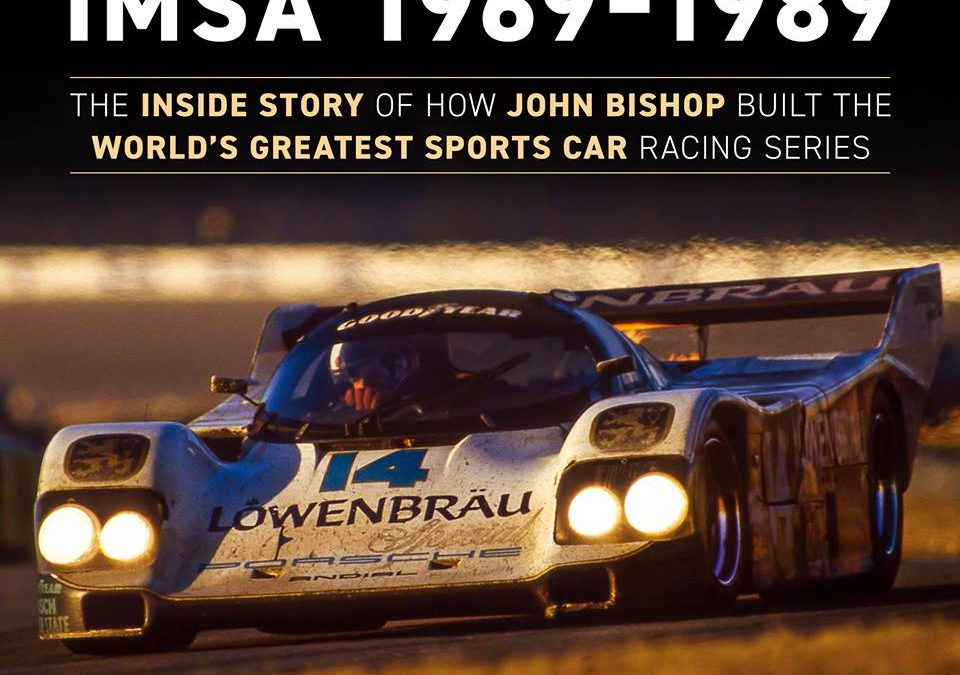
F1 Mavericks is the story of the grandest, most influential, and most fondly remembered era in Formula 1 racing as seen through the lens of master motorsports photographer, Pete Biro.
The period from 1960 to 1982 saw the greatest technological changes in the history of Formula 1 racing: the transition from front engines to rear engines, narrow, treaded tires to massive racing slicks, zero downforce to neck-wrenching ground effects–and, of course, a staggering increase in performance and reduction in lap times. In short, the Maverick Era saw the creation of the modern Formula 1 car.
This is also the time when legendary names who defined F1 were out in full force: Jim Clark, Jack Brabham, Dan Gurney, Sir Jackie Stewart, Graham Hill, Niki Lauda, James Hunt, Bruce McLaren, Jody Scheckter. We’ll see and meet all of them. But F1 Mavericks also focuses on the maverick designers and engineers behind the cars–men like Colin Chapman, Mauro Forghieri, Sir Patrick Head, Maurice Philippe, Gordon Murray, Robin Herd and many others. We’ll hear directly from many of them, including a foreword from 1978 F1 World Champion, Mario Andretti and afterword from the late three-time champion Niki Lauda.
Every chapter is a photographic account of important races throughout the period, supplemented with sidebars featuring key designers and technologies, like wings, ground effect, slick tires, turbochargers, and the Brabham “fan” suction car. F1 Mavericks is an international story, and includes designs from Japan (Honda), Britain (McLaren, Tyrrell, Cooper, BRM) Italy (Ferrari, Maserati, Alfa Romeo), France (Matra, Ligier, Renault), Germany (Porsche, BMW) and the United States (Eagle, Shadow, Penske, Parnelli).
Strap yourself in for the story of the greatest era in Formula 1 racing–it’s all here in F1 Mavericks.
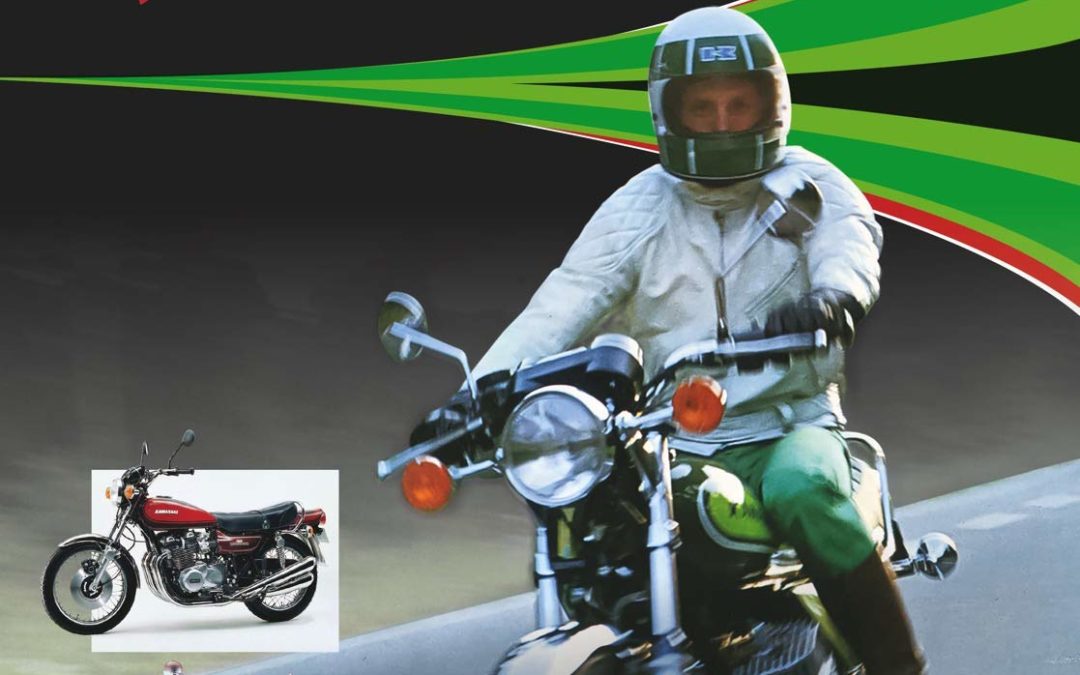
The story of the air-cooled ‘big’ Kawasaki bikes in definitive detail, researched and written in Japan with the full co-operation of the factory. This series of models put the company on the map during the sixties and seventies, helping it to survive a difficult era that saw hundreds of Japanese motorcycle makers reduced to just four. Successful immediately, these models defended Kawasaki’s honour on the tracks as well as in the showrooms, handing the company numerous world championship titles. The series was recently revived as part of a retro boom, and a new machine has been launched, delivering the same thrill and charm as its predecessors.
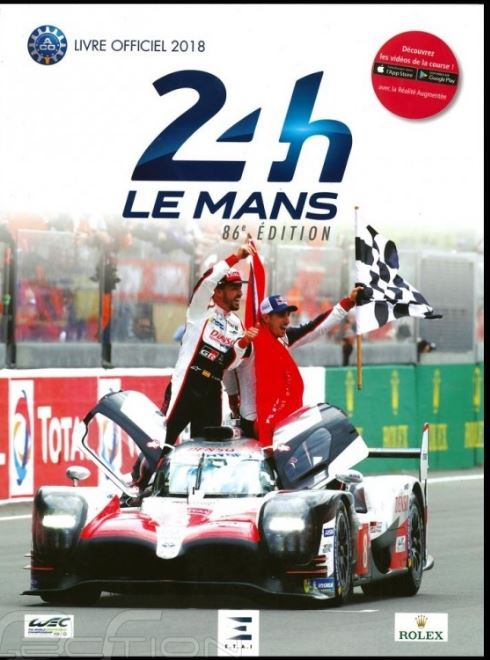
This is the official year book of the 86th Le Mans 24 Hours.
In 2018, Toyota the odds-on favourite came to the Sarthe to break its jinx and take on the Gods of Le Mans who, up till then, had always shown extreme cruelty by robbing the Japanese manufacturer of a triumph that seemed promised to it on several occasions, in particular: 1998, 1999, 2014, 2016 and 2017. Finally, the world no.1 car manufacturer broke the spell and emerged on top.
Toyota honoured its rank and scored its first victory in the Le Mans 24 Hours on its 20th attempt as a works team clinching a double into the bargain! The win went to Sébastien Buemi from Switzerland and Kazuki Nakajima from Japan, who had just missed out on victory two years earlier, backed up by double F1 world champion, Fernando Alonso. The Spaniard, who was the star of this year’s race, added another jewel to the Triple Crown (victory in the Le Mans 24 Hours, the Indy 500 and the Formula 1 World Championship title) that is the stuff of dreams.
But the three drivers had to really push as their teammates never gave them an inch. Completing the podium was Rebellion Racing and its star from the Vendée Thomas Laurent who had hit the headlines a year earlier by finishing second overall and first in LM P2. This year the no. 26 Oreca 07 dominated this category before being disqualified in post-race scrutineering gifting victory to the Signatech Matmut team and Nicolas Lapierre-André Negrao-Pierre Thiriet.
Back in the GTE Pro category after a 7-year hiatus BMW was unable to prevent the Porsche 911 RSR “Pink Pig” from winning the category thanks to Kevin Estre, Michael Christensen and Laurens Vanthoor. The Zuffenhausen firm also scooped the pool in GTE Am with the Proton Racing team co-owned by Patrick Dempsey with a little help from an 18-year-old French rookie called Julien Andlauer (remember this name).
With Rafael Nadal as starter and Jacky Ickx as Grand Marshal the latest staging of the greatest endurance race in the world was full of interest. Relive it through the many marvellous photos on display in this annual!

Researched and written in Japan with the full co-operation of the factory, here in definitive detail is the story of the two-stroke Suzuki bikes – a series of models that put the company on the map, helping it to survive a difficult era that saw hundreds of Japanese motorcycle makers reduced to just four. Successful immediately, the two-stroke models defended Suzuki’s honour on the tracks as well as in the showrooms, handing the company numerous world championship titles. The series has now been all but killed off, but Suzuki Motorcycles – The Classic Two-stroke Era helps celebrate an era when the two-stroke was king, concentrating on the 1950s through to the late-1970s.
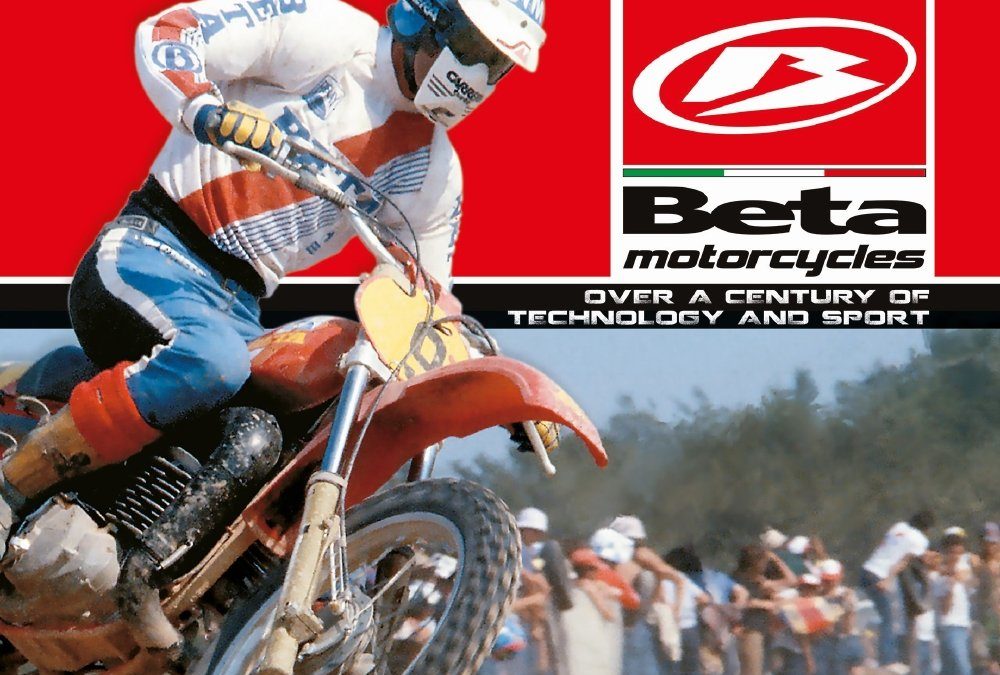
This book covers the long history, from its origins through to the present day, of the historic Italian manufacturer Beta Motorcycles, active in the two-wheeled world for over 100 years, presenting previously unpublished material.
A particularly versatile firm, Beta Motorcycles has proved capable of diversifying its products–building all kinds of motorcycles–and satisfying the mutating demands of its clientele. The Florentine marque built its own two- and four-stroke engines in-house, but has always been open to joint ventures with other European or Japanese firms.
Founded as a bicycle manufacturer, Beta Motorcycles moved into the moped market in the 1960s, off-road motorcycles in the late 1970s, enduro models in the following decade and then scooters, for over 20 years, not to mentions the Trial sector in which it conquered eight World Championship titles. In more recent years the company has returned to the “classic” Motocross and Enduro categories and in 2016 collected a further two world titles, including the Constructors’ Championship.
The book features a comprehensive catalog of every model and every engine produced by Beta Motorcycles over more than a century.

The world’s superlative road trips—scenic, thrilling, and memorable—in both natural and urban settings.
For anyone who has fallen under its spell, a car represents freedom and adventure. For decades, the American tradition of the road trip has been bound up with the idea of new possibilities and new horizons. This book is an indispensable guide to the most beautiful, breathtaking, extraordinary, and fun road trips the world has to offer.
Complete with road trips varying in length and level of challenge, from an epic transglobal route inspired by Ewan McGregor and Charley Boorman’s Long Way Round documentary series to a two-mile blast around Monaco’s F1 street circuit, there is something for any adventurer. Each entry provides information about distance, start and finish points, road surfaces, must-see stop-offs, detours, and other details to plan an unforgettable trip.
Entries are organized into three categories: Scenic, Adventure, and Culture. One can marvel at the views from Cape Town’s scenic Chapman’s Peak Drive or central California’s Pacific Coast Highway, but the thrill seeker might opt for the hair-raising ride through Montenegro’s coastal mountains to reach the medieval walled town of Sveti Stefan on the Adriatic. The culture category features routes inspired by film, literature, and history: re-create Thelma and Louise’s heart-pounding joyride (minus the final leap), savor Japan’s “Romance Road” through unspoiled small towns, or follow Jack Kerouac’s path from On the Road.

This eye-catching book tells the story of World Championship motorcycle racing with particular emphasis on the past 25 years and the role of Dorna, the international sports management and marketing group. Spain-based Dorna became involved in motorcycle racing in 1992 and set about stabilising the ailing World Championship, which had run since 1949, and introducing a new era of direction and harmony, and of sporting and commercial success. The effect of Dorna’s efforts is abundantly apparent in the present-day stature of MotoGP throughout the world. In this book the world’s best motorcycle-racing authors tell the entire story – of the racing itself and the Dorna backdrop to it – of those 25 years in a lively style that will appeal not only to those involved professionally in the sport but also its millions of fans world-wide. * The Dorna story, written by Dennis Noyes, is a remarkable behind-the-scenes insight, especially into those early days embracing the FIM (Federation Internationale de Motocyclisme), IRTA (International Road Racing Teams Association) and MSMA (Motorcycle Sport Manufacturers Association). The stories of the battles, the money and the involvement of Bernie Ecclestone are brilliantly divulged by the key players. * The 25-year period from 1992 to 2016 is divided into five main chapters about the sport, each written by a leading journalist. * The sporting chapters each cover a five-year period, as follows, with the first World Champion of each period named: Wayne Rainey (1992-1996), Mick Doohan (1997-2001), Valentino Rossi (2002-2006), Casey Stoner (2007-2011) and Jorge Lorenzo (2012-2017). * A section called `Battles and battlegrounds’ relives some of the greatest moments of the past 25 years. * Important national stories also have their own chapters, covering the history of racing in Britain, Spain, Japan, Italy, the United States, Australia, Germany and France. * Technical perspective comes from renowned technical writer Kevin Cameron.
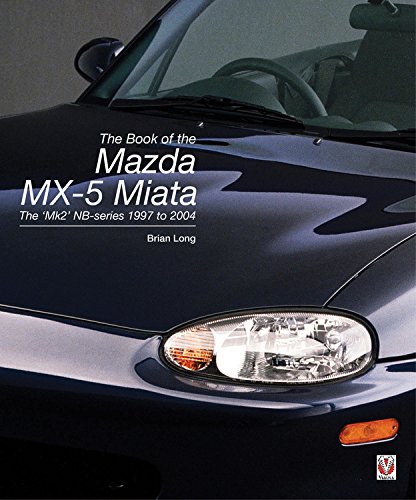
Researched and written in Japan with the full co-operation of the factory, The Book of the Mazda MX-5 Miata is the definitive story of the second generation of Mazda’s MX-5 – the car that re-invented the affordable lightweight roadster, a species that was thought to be extinct as the 1990s drew near. Successful immediately, the MX-5 (also known as the Miata, or Roadster) spawned many imitators, but remains the world’s biggest selling sports car. The series has now been in production for almost 30 years, with new generations following the concept of the original, much to the delight of fans all over the world.

Two brands with an established pedigree were brought together in 1945 to form Standard-Triumph International by Sir John Black, then chairman of the Standard Motor Company. The inspired use of the Triumph brand, initially on a conventionally designed saloon, and then on a world beating range of sports cars that immediately gained success in competition, created a strong desire for the brand among enthusiastic motorists who appreciated its style and engineering. Changing use of language led to the Standard brand being discontinued with all models subsequently sold as Triumphs. Triumph & Standard Cars 1945 to 1984 looks at every model produced by the company from 1945 until the end of production in 1984 with the Triumph Acclaim, a car sometimes derided by purists, but the car that paved the way for co-operation between the remains of the former British Leyland behemoth and Honda of Japan. Each model is fully illustrated and described with comprehensive technical detail.
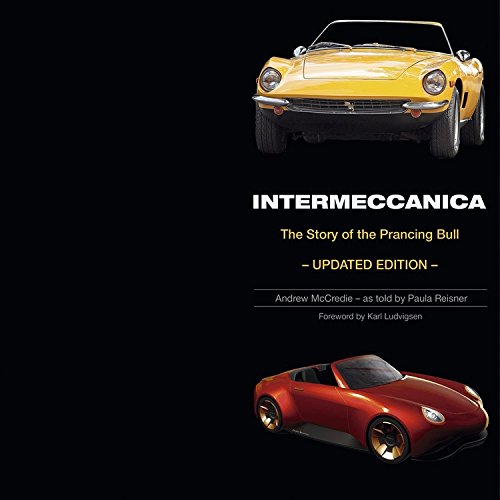
**Updated Edition**
Intermeccanica – The Story of the Prancing Bull is the definitive biography of Frank Reisner and his incredible sports car company, Intermeccanica – responsible for some of the most beautiful sports cars ever built. Frank Reisner, a Hungarian-born, Canadian-educated chemical engineer, turned a youthful passion for cars into one of the most famous small production sports car building companies in the world. From modest beginnings based in the automotive mecca of Turin, Italy, throughout the 1960s and into the 1970s, Intermeccanica conceived, designed and produced a dozen different models that shook the motoring world and went on to find homes in museums and collections from Europe to the United States to Japan. Most notable of these models are the Apollo, the Italia and the Indra.
From there, it was on to California, where Reisner revolutionised the Porsche replicar market with his groundbreaking fiberglass Speedster design, followed by the Roadster RS, which the company continues to produce at its Vancouver, BC, Canada headquarters. Along the way, Reisner and Intermeccanica dealt with, and in one case sued, the largest automotive manufacturers in the world, all the while maintaining an independent streak and maverick spirit that would come to define the man and his company.

The Bell AH-1 was the first helicopter designed and built exclusively for combat. First flown in 1965, the AH-1, with its characteristic streamlined silhouette and stub wings, quickly became an indispensable asset and feared opponent. Development continued over the years and even today much improved and higher performance versions are still in service around the world. Design, development, and construction are discussed, as well as modifications made during production and the addition of night combat capabilities. Operational use in Vietnam, Operations Desert Shield/Storm, as well as current day combat are extensively covered. AH-1 use by other armed forces around the world such as Spain, Israel, Japan, Taiwan, Turkey, and others is described as well.

The Navy’s acquisition of the B-24D as a long range patrol bomber/sub hunter (PB4Y-1) and as a long range photo recon platform (PB4Y-1P) marked a major shift in patrol doctrine and the eventual end to the flying boat patrol plane. The Navy Liberators became a one ship strike force as they roamed thousands of miles on sector searches and destroyed over a 1,000 ships and hundreds of aircraft. The original under-gunned early B-24Ds were up-gunned with bow turrets from Consolidated, ERCO, MPC, and Emerson and with Sperry ball turrets in their bellies when search radar was not fitted. The B-24Ds were replaced with B-24Js, B-24Ls, and B-24Ms all designated PB4Y-1/1Ps. The PB4Y-1P photo planes were used to map and survey Japanese strongholds before invasions and discover new airfields and fleet movements. No mission was too far or too dangerous. It was in a remote control PB4Y-1 flying bomb that Joe Kennedy was killed over England. After the war, photo squadrons continued to operate the photo version into the early 1050s. The book covers all engineering details and structures and covers all the PB4Y-1 squadron’s history and most combat operations.

The story of Serafino Allemano in the first fifteen / twenty years immediately after the Second World War, when the most established names of the moment, such as Pininfarina or Bertone, were the spearhead of Italian Carrozzeria. Thanks to the collaboration with Giovanni Michelotti and an executive quality of other times, Carrozzeria Allemano managed to secure a leading position in the history of Italian Style; prestigious atelier from which cars such as the Coupé FIAT 1100 TV, the Maserati 5000 GT, all the Abarth touring cars of the early Sixties were released. They are just some of the many examples of the great esteem obtained by the most prestigious national and international car manufacturers, one of which, the Japanese Prince, allowed Allemano to achieve a record: having opened new opportunities for Italian creativity in the land of the Rising Sun.
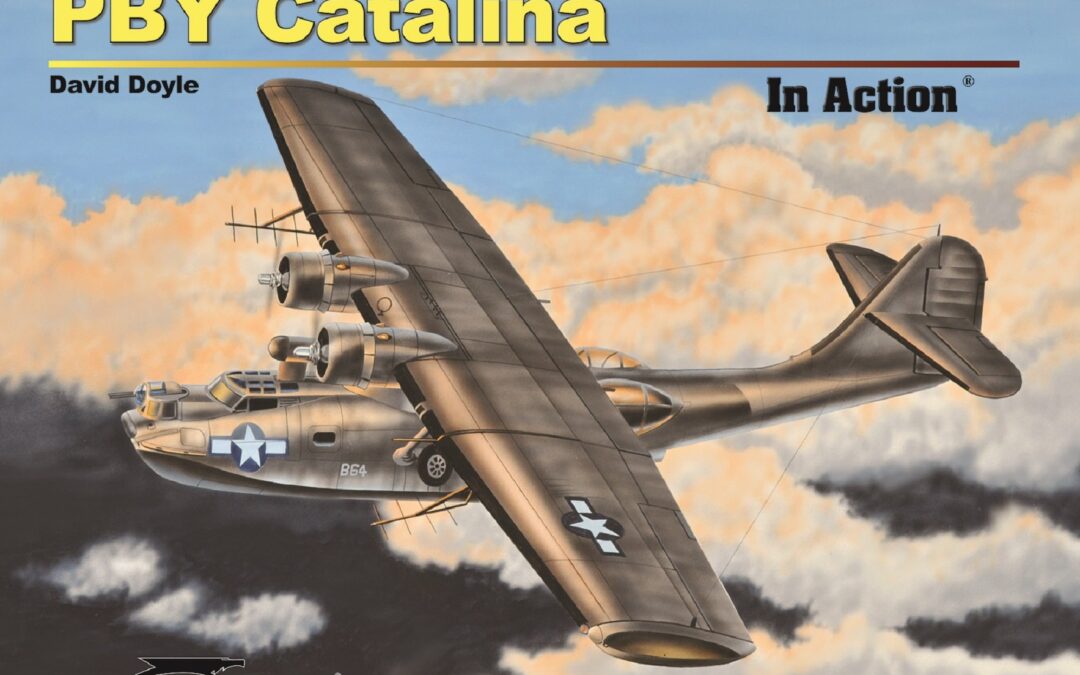
The iconic Consolidated PBY Catalina flying boat was not only the work horse of the US Navy’s patrol bomber units during WWII, but also served admirably with the Royal Air Force, Royal Canadian Air Force, and others. Airmen aboard British PBYs were the first to spot the German battleship Bismarck when it entered the North Atlantic in May 1941, and US Navy PBY crewmen were the first to observe the Japanese fleet as it stole toward Midway Islands in June 1942. In addition to keeping a watchful eye for enemy activities, Catalina crews also rescued countless downed airmen as well as sailors from stricken ships. Through daring bomb and depth-charge attacks on enemy vessels, Catalina airmen also contributed directly to the defeat of the Axis powers in combat.

Historic Motorcycles 1885-1985 provides the reader with stunning full-color photographs of more than 100 of the world’s most beautiful and rare motorcycles. Richard Renstrom, an author of 5 books and a renowned photographer, spent more than 50 years accumulating this library of photos of vintage motorcycles from 12 countries including the U.S., England, France, Germany and Japan. Each photograph is accompanied by a detailed historical essay documenting the origin of each motorcycle as well as the technical specifications that make each machine a classic.This book is a must for those that appreciate the beauty and design of the world’s classic motorcycles.
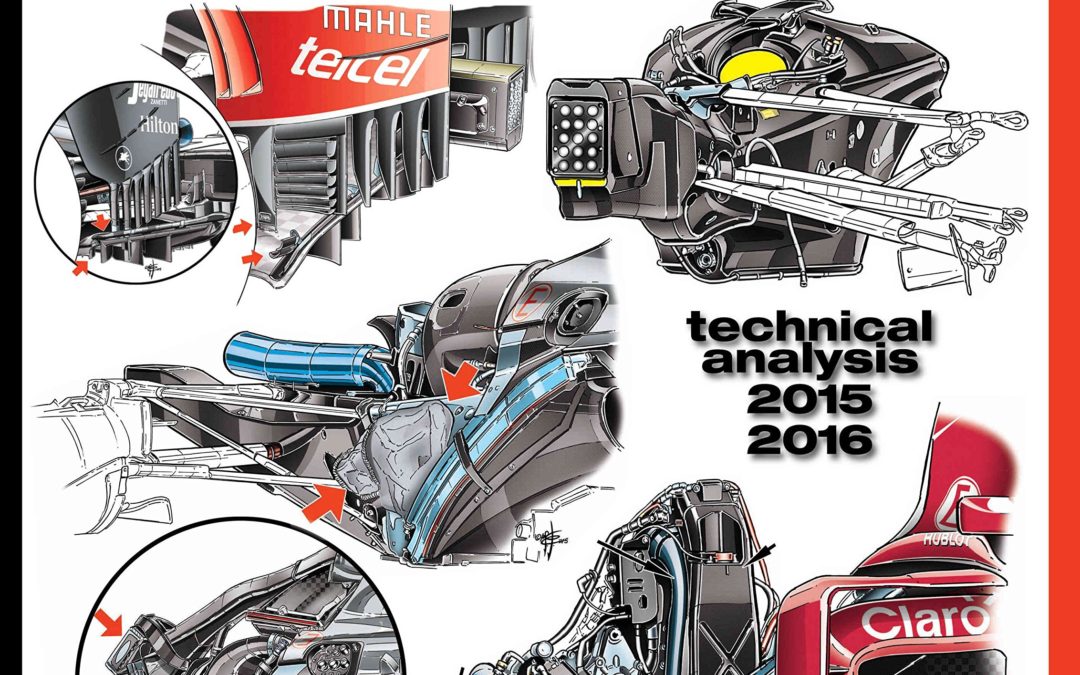
As with previous years, 2015 was one in which Mercedes-Benz dominated both the drivers’ and constructors- championships. The German manufacturer confirmed the technical advantage it had derived from the introduction of the revolutionary power unit, which first appeared in 2014. In place of Red Bull, which fell into disgrace after a media conflict with engine supplier Renault, it was Ferrari that attempted to stand up to the Silver Arrows. Side issues were the stories of a Williams wanting to come back and battle for the title; McLaren with a new but not very effective Honda engine, which touched the lowest point in the Japanese manufacturer’s long history in F1; and the other leading teams of a season that ended with the official announcement of Renault’s return, having acquired Lotus. Offering a precise analysis of this latest F1 championship, especially from the technical point of view, there is once again Giorgio Piola. A hundred or so all-colour illustrations document the development of the various cars throughout the Formula 1 World Championship, and offer – as always – a wealth of information anticipating the 2016 season.

A description of the development history of Mazda’s rotary power plant, and the model timelines of the vehicles these engines powered – how one small Japanese automaker remained independent and became famous using a unique engine. Examines the commercial ups and downs in North America, using rotaries to become a high performance icon and V8 alternative, and charting the racetrack achievements of Mazda rotary racers around the world including in home-country Japan. Also reveals the pollution control and fuel economy challenges facing Mazda as they strove to keep rotary engines in production to satisfy high performance fans globally.

Ever wondered how many aircraft were converted into Japanese Zeroes and torpedo bombers for Tora! Tora! Tora! or how French Gazelle helicopters were modified for the title role in Blue Thunder? This first of its kind reference book lists aircraft featured in 350 films and television shows, providing brief individual histories, film locations, serial numbers and registrations. Aircraft are also cross-referenced by manufacturer. Appendices provide brief bios on pilots and technicians, information on aircraft collections owned by Tallmantz Aviation and Blue Max Aviation and film credits for U.S. aircraft carriers.




